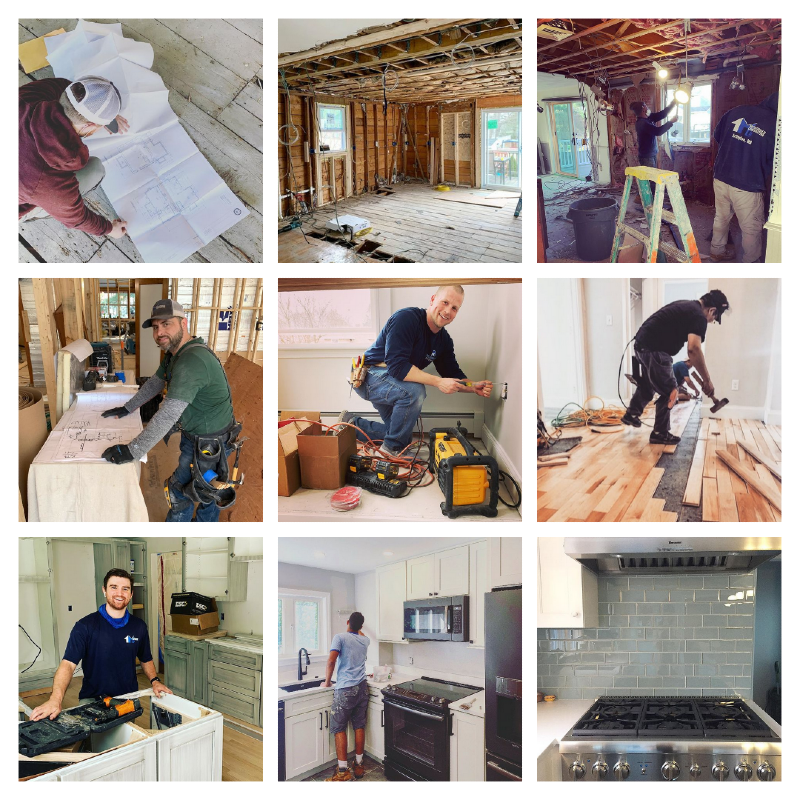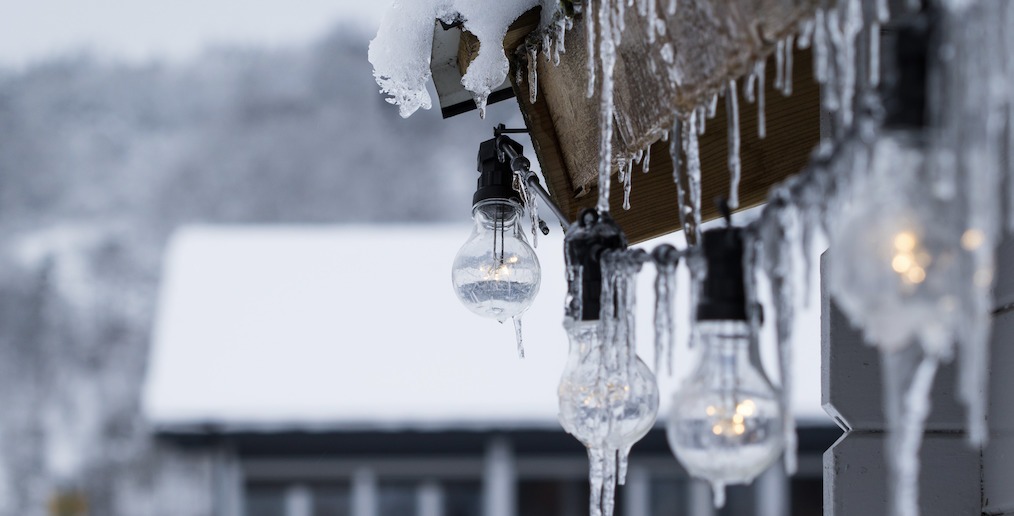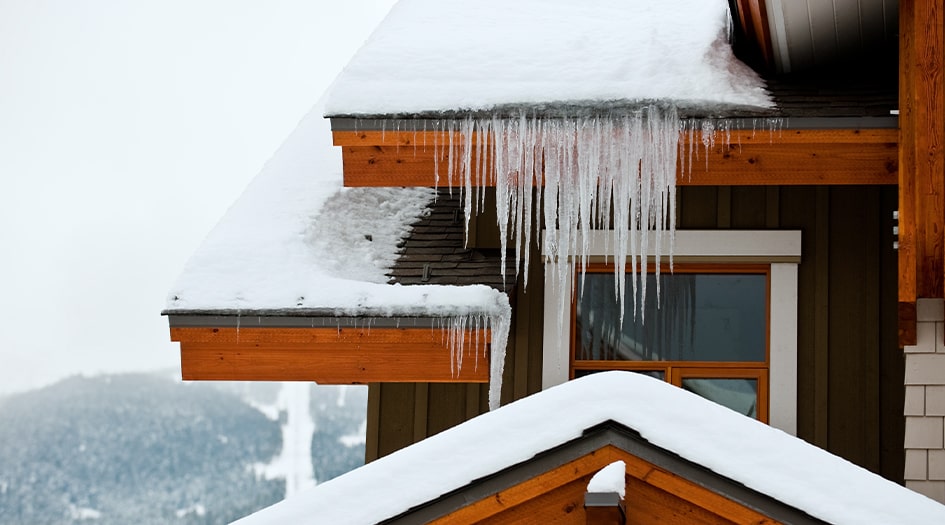Worried about how the winter months will affect your home this upcoming season? Here are some simple ways to make sure your home is ready for the cold months ahead!

- Replace your windows to keep the heat in
- Let us help you make sure your heat bill is not crazy expensive this winter by getting your windows replaced to keep the heat inside. There is nothing worse than not being warm in your own home so let us help make sure you stay cozy inside this winter.
- Repair your roof to prepare for the winter weather
- Living in New England means unpredictable weather. To stay one step ahead of the weather this winter, repair your roof to keep the snow, rain, and cold out.
- Check the gutters
- Prevent ice build-up in your gutters by cleaning them out before the weather starts to get too cold. Using our preventative maintenance service, we will clean your gutters out twice a year to stay ahead of the build-up.
- Clean exterior vents
- To make sure your exterior vents are clean and working as well as they should be, make sure to get them cleaned before this upcoming winter.
- Tune up your heating system
- Ensure your heating system is working properly by servicing it two times a year. One being before this upcoming winter season!
- Seal the cracks
- Seal the cracks around the exterior of your house to make sure the heat doesn’t escape.
- Check your smoke detectors
- House fires are more common in the winter months so it is important to know your smoke detectors are working properly and have new batteries.
- Protect your pipes
- Frozen pipes can cause many issues for homeowners. To prevent this, allow a small amount of water to fall from your faucet to keep the water moving.
- Replace filters
- Changing out the filters in your heating or cooling system in your home can improve the efficiency of the system, saving you money in return.
- Reverse the direction of your ceiling fans
- To push the hot air down, reverse the direction of your ceiling fans to recirculate warm air throughout your home.
These are just some of the simple ways to winterize your home! Be sure to check out our preventative maintenance services on our website to pick the right package for your needs!




